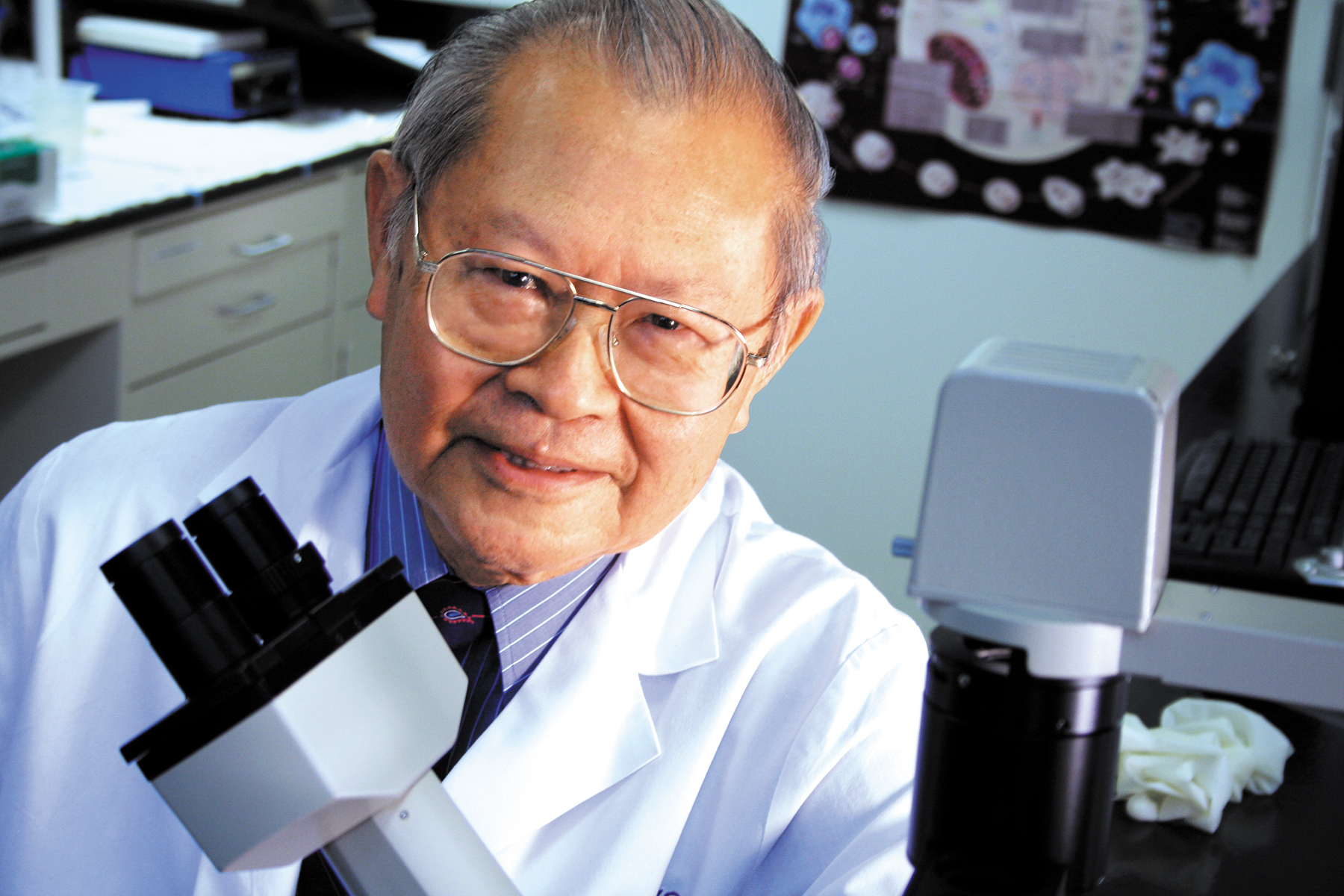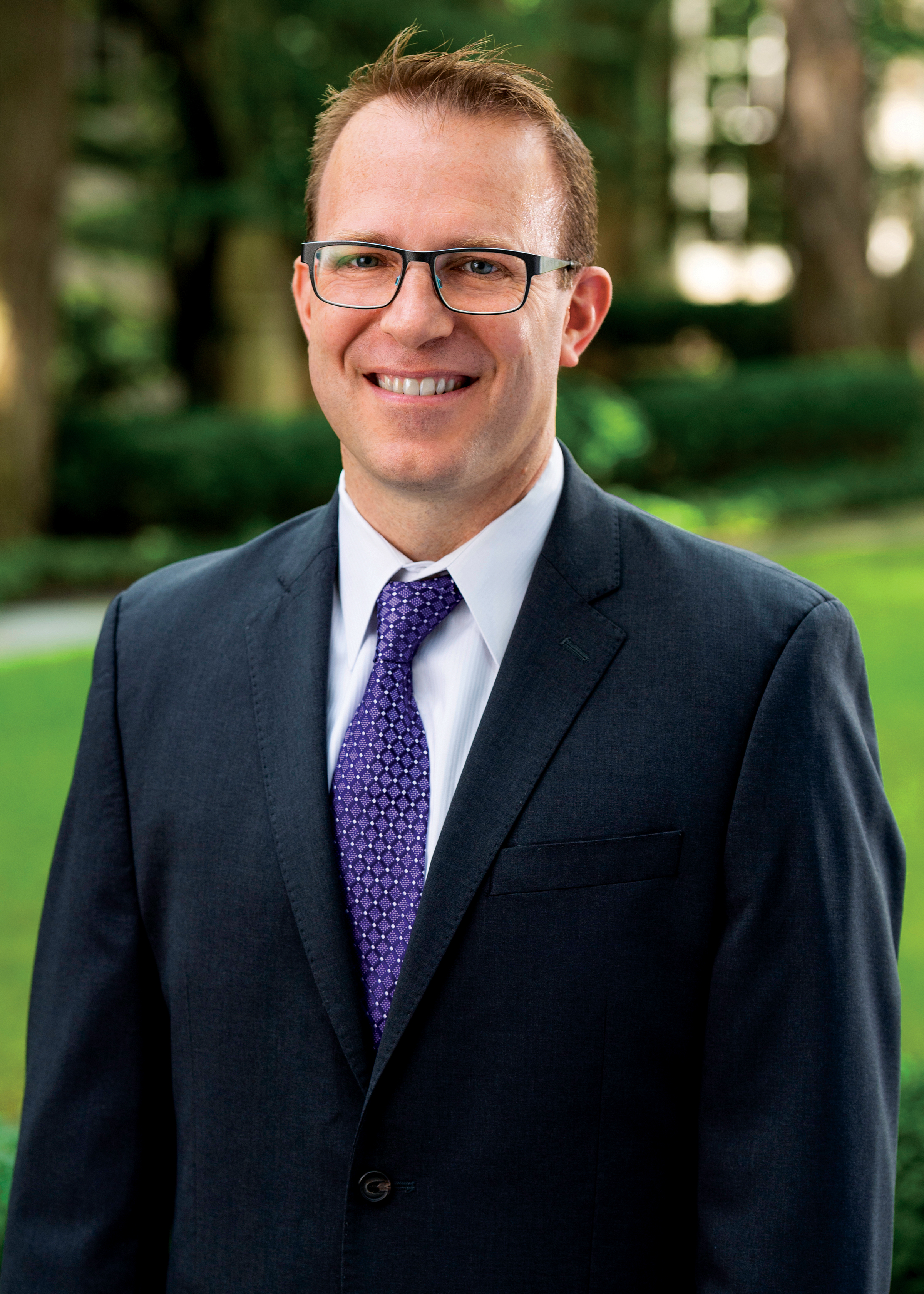Impact Story: Thrombosis Research and Education

“Thanks to the generosity of Dr. Kwaan and the Kwaan Family Foundation, the Venous Thromboembolism Service is thriving. We are saving lives of patients with acute pulmonary embolism, and we are sharing our groundbreaking research with the medical community, both nationally and internationally. We are most grateful.”
—Douglas E. Vaughan, MD, Irving S. Cutter Professor of Medicine, Chair, Department of Medicine
Pulmonary embolisms (PEs) occur when blood clots —usually from the legs—travel upward in the body to the lungs where they block critical blood flow and oxygen. One of the most common cardiovascular diseases in the United States, this potentially life-threatening condition requires immediate medical attention from a variety of specialists. Dr. Daniel Schimmel, an interventional cardiologist, leads Northwestern Medicine’s Venous Thromboembolism Service.
Q & A with Dr. Daniel Schimmel
Describe the innovative role of the Venous Thromboembolism Service.
The diagnosis and treatment of pulmonary embolism frequently crosses multiple disciplines such as cardiology, interventional radiology, and pulmonology. In 2014, we launched the Venous Thromboembolism Service—one of the first comprehensive models of care of its kind—to deliver rapid, multidisciplinary expertise to patients with acute thromboembolic disease. Working closely with the Departments of Emergency Medicine and Medicine, the service features a Pulmonary Embolism Response Team to quickly provide clinical consultations. Additionally, we offer clot and pulmonary hypertension clinics for the care of patients after they leave the hospital to prevent recurrent venothromboembolic and bleeding events and/ or readmission. For patients with chronic disease, we were the first in Chicago to offer balloon pulmonary angioplasty, an innovative technique I learned and practiced in Japan from world-leaders.

What are you doing to bring research discoveries to the clinic?
Thanks to our increasing ability to identify patients who need expert venothromboembolic care, we see an exceptionally high number of cases. This clinical volume offers exciting opportunities to advance breakthroughs in the treatment of PE and thromboembolic pulmonary hypertension. Current studies range from developing novel drug therapies to identifying biomarkers to help predict disease susceptibility.
How are you expanding the service so more patients can benefit?
Standardizing the care of patients with acute PE is a first step toward becoming a valuable referral resource for Northwestern Medicine’s network of hospitals as well as other hospitals in the Chicago area. We are working on processes to ensure patients go to the right place for the right treatment at the right time. For example, our interventional cardiology team now offers novel minimally invasive therapies, allowing for patients to come directly to the Cardiac Care Unit rather than to medical ICUs as was done previously. This modification facilitates earlier intervention.
How has support from the Kwaan Family Foundation and other donors been essential to the work of the service?
The Venous Thromboembolic Service has had a tremendous impact on the care of patients with acute pulmonary embolisms, and this remarkable success and growth would not be possible without generous philanthropy. We are deeply grateful for the support.
This story was published in the Fall 2019 edition of the Nathan Smith Davis Impact Stories, a publication that highlights leadership donors to various areas of Northwestern University Feinberg School of Medicine. Read the whole issue here.